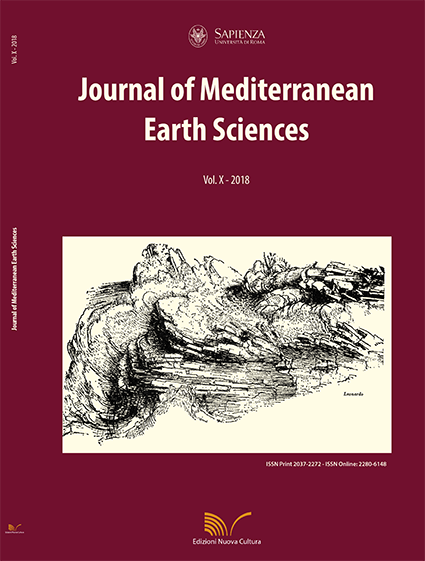Geochemical and mineralogical characterization of tremolite asbestos contained in the Gimigliano-Monte Reventino Unit (Calabria, south Italy)
DOI:
https://doi.org/10.3304/JMES.2018.011Keywords:
Tremolite asbestos, mineralogical characterization, trace elements, S-ItalyAbstract
In the recent years, many studies have focused on rocks containing naturally occurring asbestos (NOA) with the aim of determining the potential health risks to exposed neighboring populations. Environmental exposure to NOA has been shown to be a cause of several types of lung disease. The toxicity of asbestos fibres should also depends to the concentration of trace elements and their release in the environment. In this regard the aim of the present work was to characterize four samples of pure tremolite asbestos belonging to Gimigliano –Monte Reventino Unit (Calabria, south Italy). Through a several analytical techniques such as X-ray powder diffraction, scanning electron microscopy combined with energy dispersive spectrometry, differential scanning calorimetry, thermogravimetry and atomic absorption spectroscopy, the size, morphology, crystallinity and chemical composition of tremolite samples were discussed to define the impact on the environment and human health.
Downloads
Published
How to Cite
Issue
Section
License
The submission has not been previously published, nor is it before another journal for consideration (or an explanation has been provided in Comments to the Editor).


